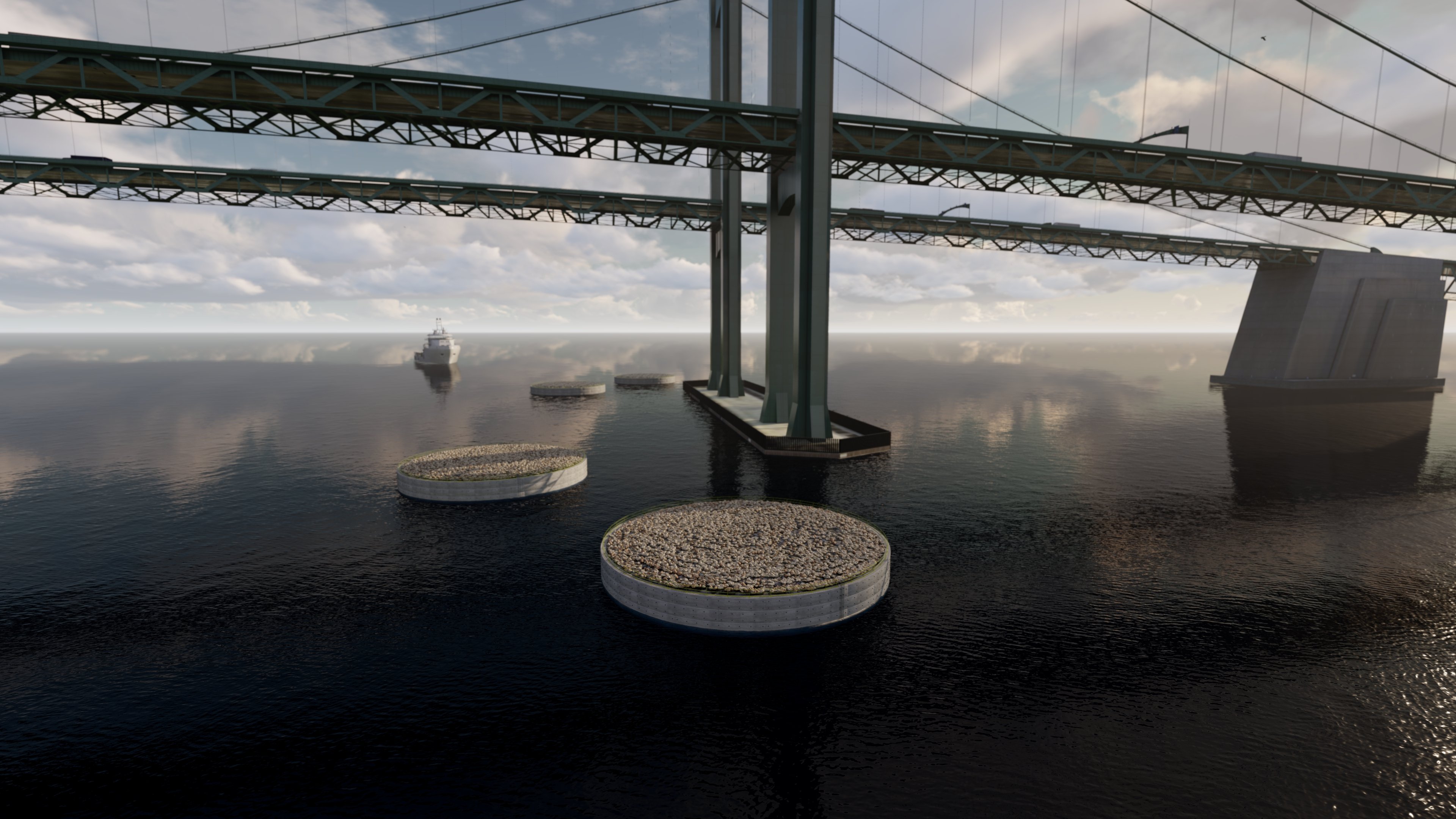Activities such as dredge disposal and site remediation require soil samples to be taken prior to beginning construction, usually as a part of the permitting process.
Marine Sampling
Obtaining dredging samples is an important step in analyzing soil. S. T. Hudson can help with your environmental sampling needs.
Environmental Sampling and Geotechnical Analysis
Soil sampling and analysis can provide valuable insight into soil composition, its load bearing capabilities, and the presence of hazardous material within it. This data is a major part of the permitting process and facilitates the engineering and construction of marine and terminal facilities.

We offer sampling for a variety of marine engineering purposes. Working with our expert team, we generate clear and detailed reports that can easily be used to make informed decisions about projects and obtain the necessary permits. Depending on the composition of the material, we can adjust our methodology to fit your needs. We have in-house vibracore sampling capabilities. Our team will retrieve in-water samples to obtain geotechnical composition and chemical characterization of material to be dredged.
Soil sampling and analysis is advantageous for many reasons. It can help you:
- Provide Key Information. Soil sampling is the key tool in a geotechnical investigation.
- Deliver Valuable Insights. The analysis of the soil samples provides a detailed picture of the subterranean composition. Consequently, this offers the geotechnical engineer insight into how the soil will react under various loading scenarios.
- Satisfy Process Requirements. The permitting process will always require some type of soil sampling and analysis.
- Detect Hazards. The analysis of the sample will indicate the presence of dangerous or hazardous materials that, if disturbed, could harm the local ecosystem, environment, or citizens.
ST Hudson has shown an exceptionally wide range of capability from environmental studies and permitting to pier design and heavy ship mooring. Each of these efforts has been accomplished with timeliness, thoroughness, and completed within the cost agreed.
Home Port Alliance - (Battleship New Jersey)
See Our Experience

Philadelphia Regional Port Authority
Pier 80 and 82 Hardware Repairs | Pier 82 and 84 Pile Repairs
Learn more +

Energy Transfer Marcus Hook Industrial Complex
Addition of a New Fire Water Intake System
Learn more +

Energy Transfer Marcus Hook Industrial Complex
Dock 1A, 2A, and Fire Water Pump EPC Contracts
Learn more +
Pro Tips
Anyone scheduling for the retrieval and analysis of dredging samples for chemical analysis should assume 6-10 weeks. The process involves developing a sampling plan, submitting the plan to and getting it approved by the required agencies, retrieving the samples, and delivering the samples to the lab and waiting for results.
Environmental sampling for permitting purposes can be done at the same time as geotechnical investigations and can save time and money when done together.

